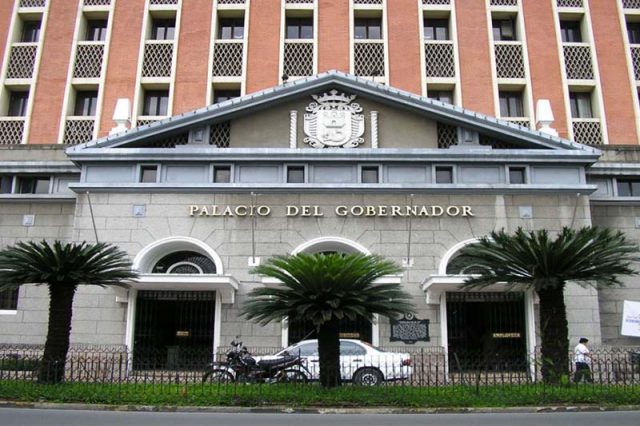
Social media users asked about the retention period of backup files of the Commission on Elections following its recent deletion of backup data used in the 2022 national elections.
Comelec conducted this activity at the commission’s warehouse in Sta. Rosa in Laguna on June 15, which was only a few days over a month since the closing of the polls.

According to the advisory, the event was not open to the media for coverage.
Only political parties and citizens’ arms groups were allowed as witnesses.
Comelec did not specify the names of the political parties and the citizens’ arms groups who were present on that day.
The files that were deleted were back-up “serialized ballots, SQL dump files which include the project of precincts, candidates and references.”
Although there was no media coverage on the ground, Comelec livestreamed the deletion activity on its Facebook page.
It can still be accessed as of writing.
The erasure of backup files was met with alarm and suspicion online.
Some Filipinos pointed out that backup files are those people normally store for a long time. They also raised questions about the deletion.
“Why is the COMELEC rushing to delete backup files? Backup nga e. Dapat retain yan as long as possible,” one Twitter user said.
“’Back-up files’ pero binura,” another user tweeted.
“Dapat may retention period ang ganyan files. Hindi basta basta dini-delete. Pano kung meron ka dapat i-check? Masyado naman garapalan ang kilos ng COMELEC na yan!” another Twitter user said.
Others asked if Comelec has a retention policy or rules for election-related data. They also questioned the commission’s archiving process.
“Weird niyo @COMELEC ha. Baket kayo nagmamadali magbura ng files? E may data life cycle yan. For a massive event like national elections, dapat 5 years plus yan for data storage/archiving. At multiple backups dapat. Hindi physical hard drive lang,” one user said.
“Hindi ba standard for all office ang retention and deletion of electronic and paper files? Ang alam ko six mos to one year, at least, sa office namin. @COMELEC, kaka-one month palang, delete agad? May kailangan bang i-delete agad? Sounds and looks fishy to me,” another user tweeted.
What Comelec said
On the day the files were erased, Comelec acting spokesperson John Rex Laudiangco explained to reporters that what they deleted were the ones in the backup hard drives.
“What we did was to back up the files in the server, then deleted the same at the server. Thereby securing all election files by way of back up hard drive media,” Laudiangco said.
“The other way around, we are preserving the data in the servers as a matter of protocol, in case it will be needed for election protests, as well as in case a precautionary protection order will be issued,” he added.
Tech Target, an online glossary for computer terms, defines data life cycle as “the sequence of stages that a particular unit of data goes through from its initial generation or capture to its eventual archival and/or deletion at the end of its useful life.”
The website further stated that data management experts often set six or more stages in the data life cycle.









